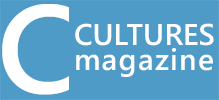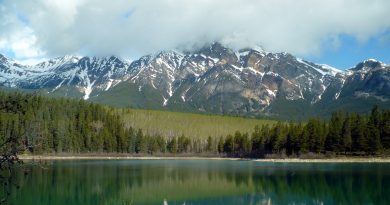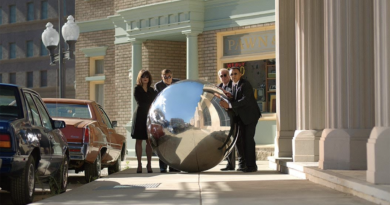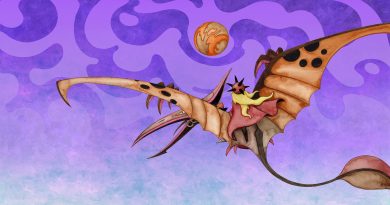Currents
Heidi Bucher, Dominic Chambers, Teresita Fernández, Liza Lou, Marilyn Minter, Catherine Opie, Calida Rawles, and Robin Rhode
Palm Beach
January 12 – February 5, 2023
CURRENTS unites eight artists from Lehmann Maupin’s global program who engage the aesthetics of water, reflecting the element’s formal and conceptual qualities. Works by Heidi Bucher, Dominic Chambers, Teresita Fernández, Liza Lou, Marilyn Minter, Catherine Opie, Calida Rawles, and Robin Rhode render aquatic imagery through painting, installation, photography, tapestry, and works on paper. Together, the artists in CURRENTS consider the visual and material properties of water in order to assess its phenomenological possibilities and foster a haptic viewing experience.
A new work in acrylic and pastel by Calida Rawles continues the artists’ exploration of water as both a multifaceted physical material and a historically charged space for Black bodies. In The Fire Through Time (2022), a body appears partially submerged in an exquisitely rendered submarine landscape; Rawles deploys water as a mode of abstraction, allowing vistas of bubbles, ripples, refracted light, and expanses of blue and green to distort her subject. In doing so, The Fire Through Time seeks to revisit the cultural and historical trauma that surrounds water and the Black experience, reclaiming it as a space for healing, discovery, and bodily autonomy.
Similarly, Dominic Chambers’ series Wash Paintings considers the Black body’s relationship to water as a metaphor for cultural and social proscription. In a new painting, Chambers depicts two Black male figures mid-interaction, partially obscured by an overlaid layer of watery paint. Chambers creates these works by pouring paint onto an otherwise-finished composition, literally (as the artist puts it) “washing the painting away.” This technique imbues the work with a reflective quality, as though the subjects are submerged in or viewed through water. Through this “washing away,” Chambers constructs an optical veil that distances the viewer from his composition, both emulating and disarticulating the racial structures that affect how individuals perceive their social worlds.
Nearby, several photographs from Catherine Opie’s series From Your Shore to My Shore (2009) depict serene seascapes, divided equally by the fine horizon line where ocean and sky meet. Hung in succession, the horizon becomes both an equalizing force and a connective thread between photographs, functioning as a feature of landscape that is both immutable and shared. In their lack of specificity, Opie’s seascapes are simultaneously liminal and universal; they are her shore, their shore, and your shore, all at once, expanding both physical landscape and intangible community.
CURRENTS also includes Teresita Fernández’s installation Untitled(Anthem) (2008), which emulates the movement of water in an arrangement of delicate hand-silvered glass droplets that flow and undulate over the surface of the wall. This kind of draped silhouette suggests a deflated flag or tired banner, as does the word anthem in the title, which subtly refers to the disillusion and flawed ideals associated with nations and borders. In conjunction with his solo exhibition opening January 12th in New York, Robin Rhode will exhibit his work Calypso’s Cave (2022). The photographic triptych depicts wall drawings of a mermaid figure derived from two sources: ancient rock art found in the Saharan “Cave of Swimmers” and Greek mythology surrounding the sea nymph Calypso. In Liza Lou’s C’era Una Volta (2022), cloud-like formations rendered in paint, beads, and thread adorn the canvas surface and reference stains on a dishtowel, highlighting the tension between chance and intention. Photographer Marilyn Minter’s piece Big Bang (2012) places a shattered and rain-drenched plane of glass at the front of the composition, using water to distort both the viewer’s perception of space and the subject behind the glass. Finally, historical works from Heidi Bucher’s Water Drawings series (1985) utilize water as a medium to register its own visual effects, composing “water still lifes” by allowing watercolor and gouache pigments to flow naturally over and soak into the paper surface.




